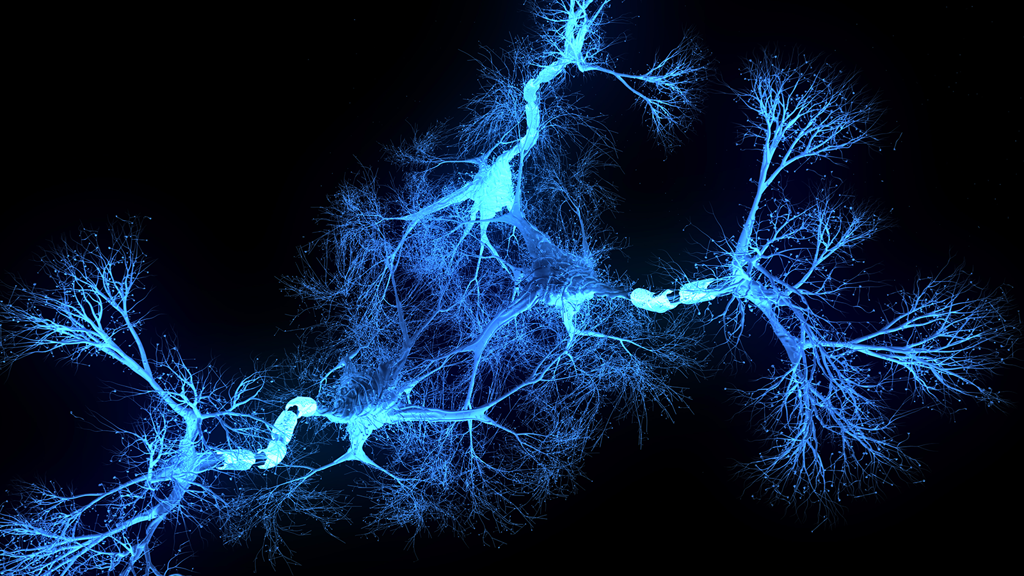Skip To Content

Microscopy, Histopathology and Analytics
Microscopy, Histopathology and Analytics (Microscopy)
- Novel Technology, Devices, Methods, Models
- Miniaturized devices
- Endoscopic devices
- Computational microscopy
- Super-resolution microscopy
- Mobile phone-based microscopy
- Wearable microscopy
- Multimodal microscopy
- Multispectral and hyperspectral microscopy
- Mutiplexed and hyperplexed imaging
- Molecular imaging
- Raman microscopy
- Phase microscopy
- Light-sheet microscopy
- Label-free imaging
- Fluorescence lifetime imaging
- Photoacoustic imaging
- Low-cost microscopy for global health settings
- Computational Tools / Machine Learning / Deep Learning / AI
- Image denoising, restoration and resolution enhancement
- Image segmentation and tracking (2D, 3D and 4D)
- Image translation and generation (e.g., Generative Adversarial Networks (GANs), Diffusion Models)
- Content based image retrieval
- Diagnostic, prognostic and predictive classification algorithms
- Multimodal deep learning and fusion of multi-modal data
- Smart microscopy methods (e.g., closed-loop alignment)
- Data visualization/rendering, mosaicing, annotation and augmentation
- Digital staining, digital rendering
- Handling large and multi-dimensional data (e.g., compression, cloud computing)
- Data anonymization and federated learning
- FAIR data and analysis solutions
- User-friendly open-source tools
- Clinical testing and impact of AI models
- Laboratory-based, Pre-clinical, Translational and Commercial Biophotonics
- Diagnostic, theranostic and therapy methods
- Quantitative approaches for pathology
- Contrast agents, reporters, probes, molecules
- Probe delivery and labeling methods
- Drug delivery and measurement methods
- Optical clearing methods
- Tissue expansion microscopy
- In situ hybridization, spatial transcriptomics, preservation of nucleic acids
- Optical microscopy of organoids and engineered tissues
- Immunological studies (tumor microenvironment, inflammation, wound healing)
- Animal intravital microscopy
- Human intravital microscopy
- Bedside imaging — in vivo, ex vivo methods
- Ex vivo digital / computational pathology
- Translational challenges: From lab to the clinic


